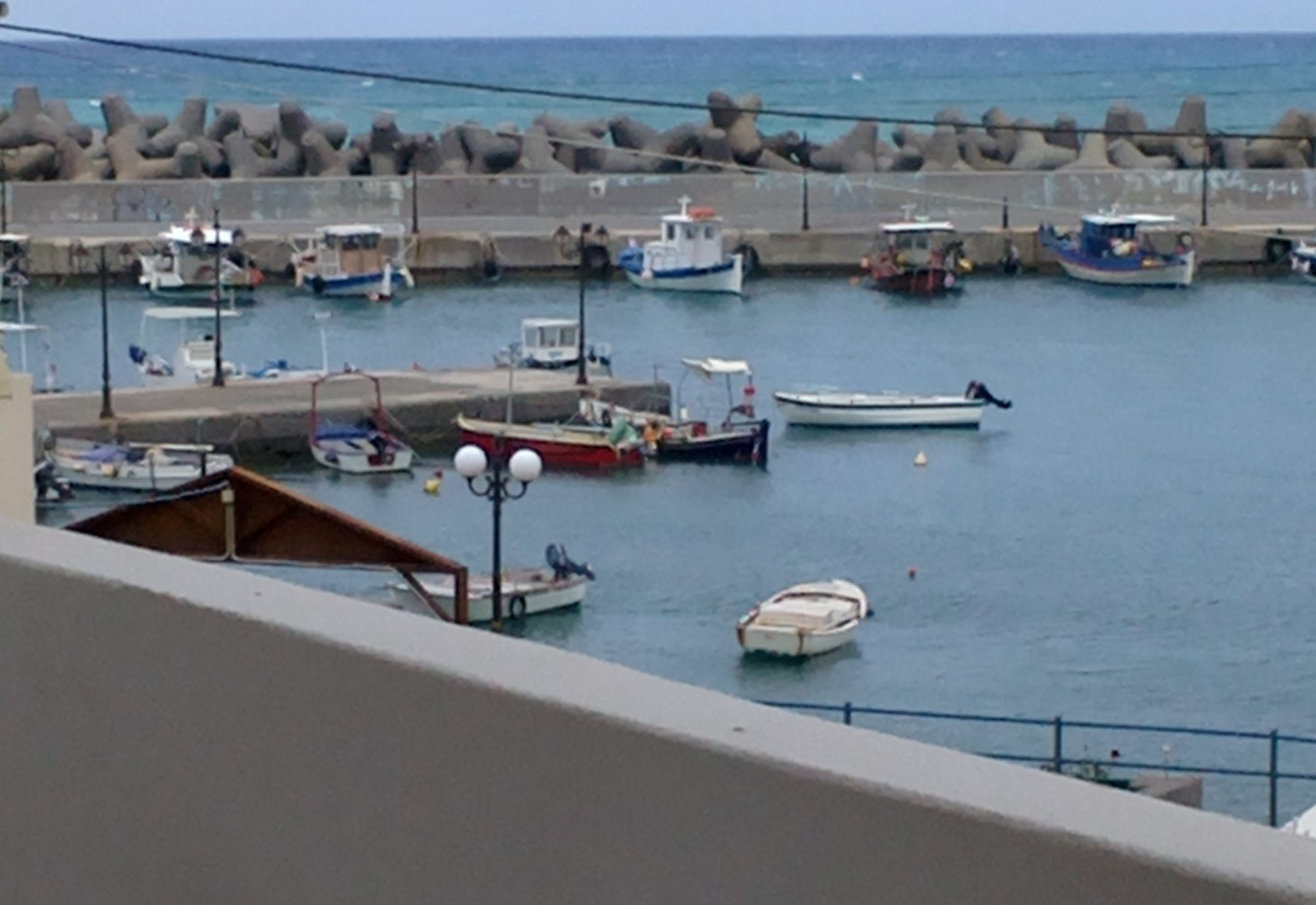| Welcome to WWW.MILATOS.COM | |
|
Crete food is characterized by the unique virgin oil from olive trees that exists in every meal. Professor Kafatos goes on to recommend a return to the traditional Cretan eating habits, but with a noticeable decrease in the amount and frequency of meat and other animal products. The consumption of olive oil must be continued; it has been proven through several studies that this excellent oil plays an all-important role in warding off illnesses and in preserving good health. Olive oil also contains a vast amount of anti-oxidative agents which provide protection against such conditions as arteriosclerosis and some forms of cancer. We are also told that the composition of olive oil in fatty acids is similar to that of mother’s milk. On Crete, in ancient times, meat was eaten as a part of rituals when sacrifices were made. At a later period, the days of celebration were the days for the eating of meat, and it was only much later that it became a custom for it to be eaten every Sunday, or every other Sunday. According to the historian Paul Faure, the peasants and the people working in the palaces had frugal vegetarian meals. They were paid in grains (wheat or barley), dried figs, and olives in brine. A little goat, beef or pork meat was consumed only on feast days. Milatos has a lot of taverns all by seaside and it is famous for that . You can eat and hear the noise from the waves that hit almost your legs . Worth visiting taverns are “Akrogiali” , “Seirines”, “Xatzis” “Meltemi” and “Meraklis” . Don’t miss fish food and specially “rofos kakavia” that is a special fish fished at Crete sea cooked as a soup with carrots, potatoes, marrows ,onions and tomatoe . Allthough a little expensive , don’t miss it. It is worthless if you come to Milatos and not taste “Hohlious mpoumpouristous ” or “hohlious giahni” that you can find at Latsida a nearby village that has that tavern .They are Crete snails that are cooked on the pan with vinegar and rosemary or cooked in marmite with tomato and marrots . Also worth tasting the “souvlaki” and “aiga kokinisti” that is goat cooked with tomato. Another worth visiting village famous for its food is Kroustas near to Kritsa and Agios Nikolaos that you can find at its tavern “aiga vrasti” with “skioyfihta makaronia” that is goat boiled with local made spaggheti. Combine one day tour and visit Anogia (otherwise a worth visiting place for its history ) and taste “arni antikristo” that is lamb cooked opposite to fire. Also worth visiting Zaros famous for its lake and try trout broiled over charcoal at “Votomos” tavern . |
|

enjoy a nice stay while on crete

